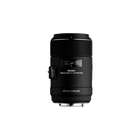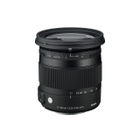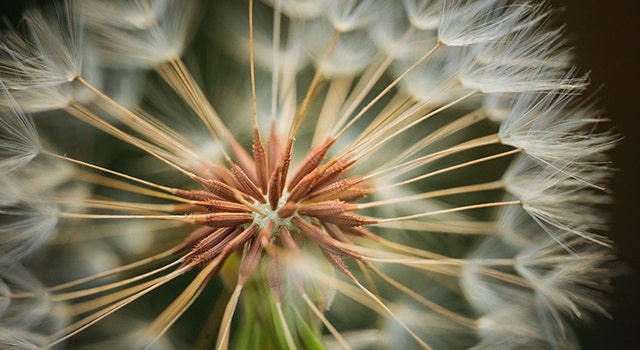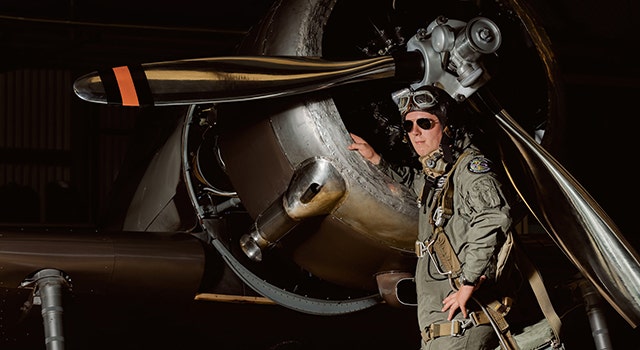It's the little things: The simple joys of Macro photography
This piece was originally created by Nick Vrona at SIGMA Corporation of America for blog.sigmaphoto.com
In today’s image-saturated society, it often feels like every photo there is to take has already been taken. Visit nearly any spot on the map – from the most popular tourist trap to the most remote frontier – and you can rest assured that someone, at some time, has probably framed up the exact same shot.
Of course, there’s nothing wrong with photographing the Eiffel Tower for 100-zillionth time… pictures evoke memories in us that are worth preserving. But sometimes, we photographers feel the need to see and capture things from a new angle. We need to shake up our view of our surroundings. And no technique changes your perspective quite like macro photography!
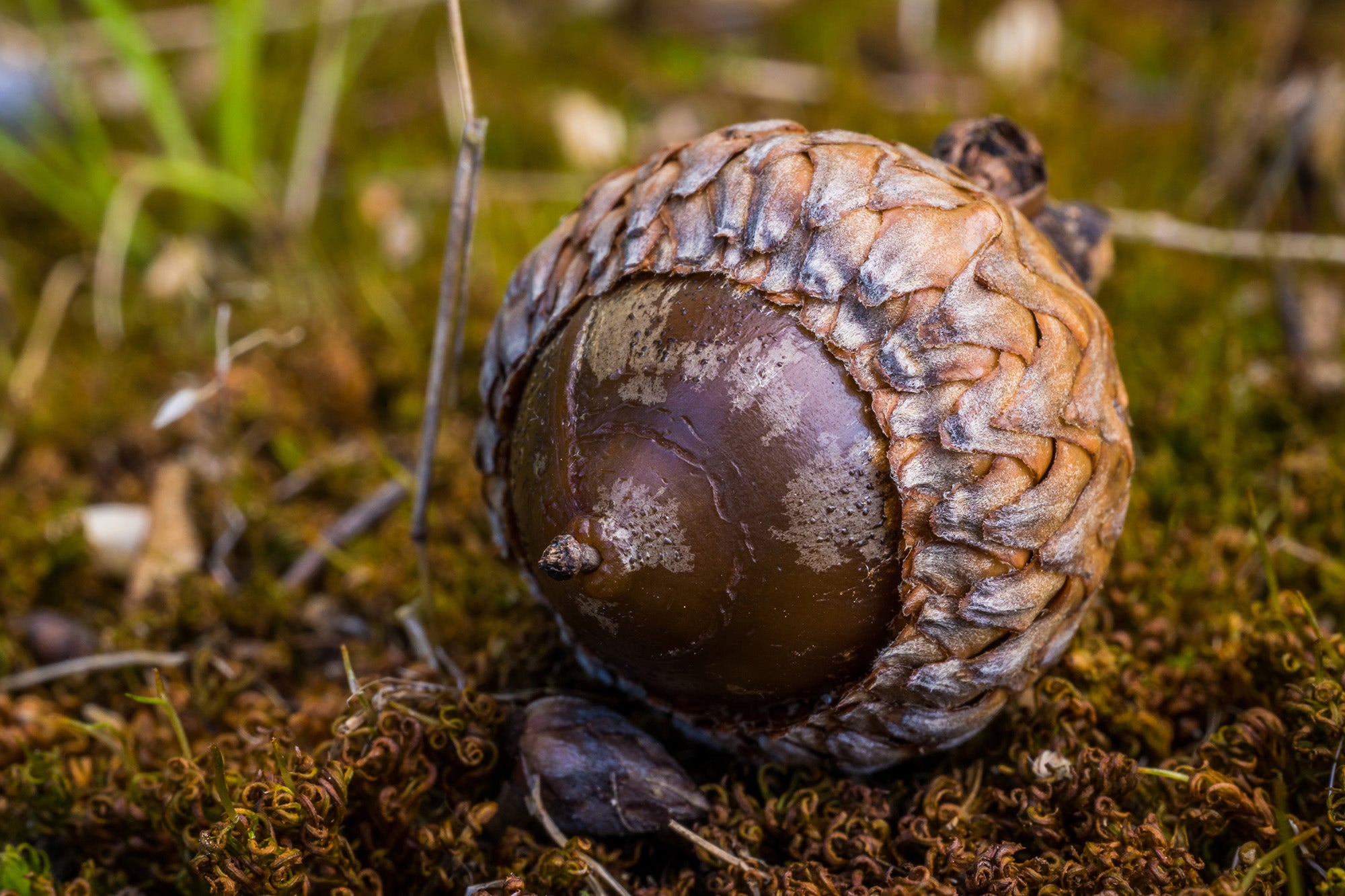

SIGMA 70mm F2.8 DG Macro | Art on Sony A7 III | 1/4s, F22, ISO 800 | by Nick Vrona
What is Macro Photography?
Macro photography, as we know it today, is loosely defined as extremely close-up, highly-detailed images of small subjects. If you’ve seen a photo of an insect with its compound eyes staring straight down the barrel of a lens, antennae and leg hairs on full display, you know what I’m talking about. Technically speaking, “macro” is often defined as “shot at a 1:1 ratio” where the subject is projected on the image sensor or film plane at full life size, but if your final image is super-close and super-detailed, that’s good enough for most of us. In fact, anything closer than a 1:4 ratio is generally considered macro territory.
Flowers, tiny critters, jewelry, water drops, food, a piece of lint from the dryer… almost everything can be photographed very up-close with incredibly striking results. And with the right equipment, some patience and a little creativity, anyone can shoot great macro photos from virtually anywhere… from the Eiffel Tower to the kitchen counter!
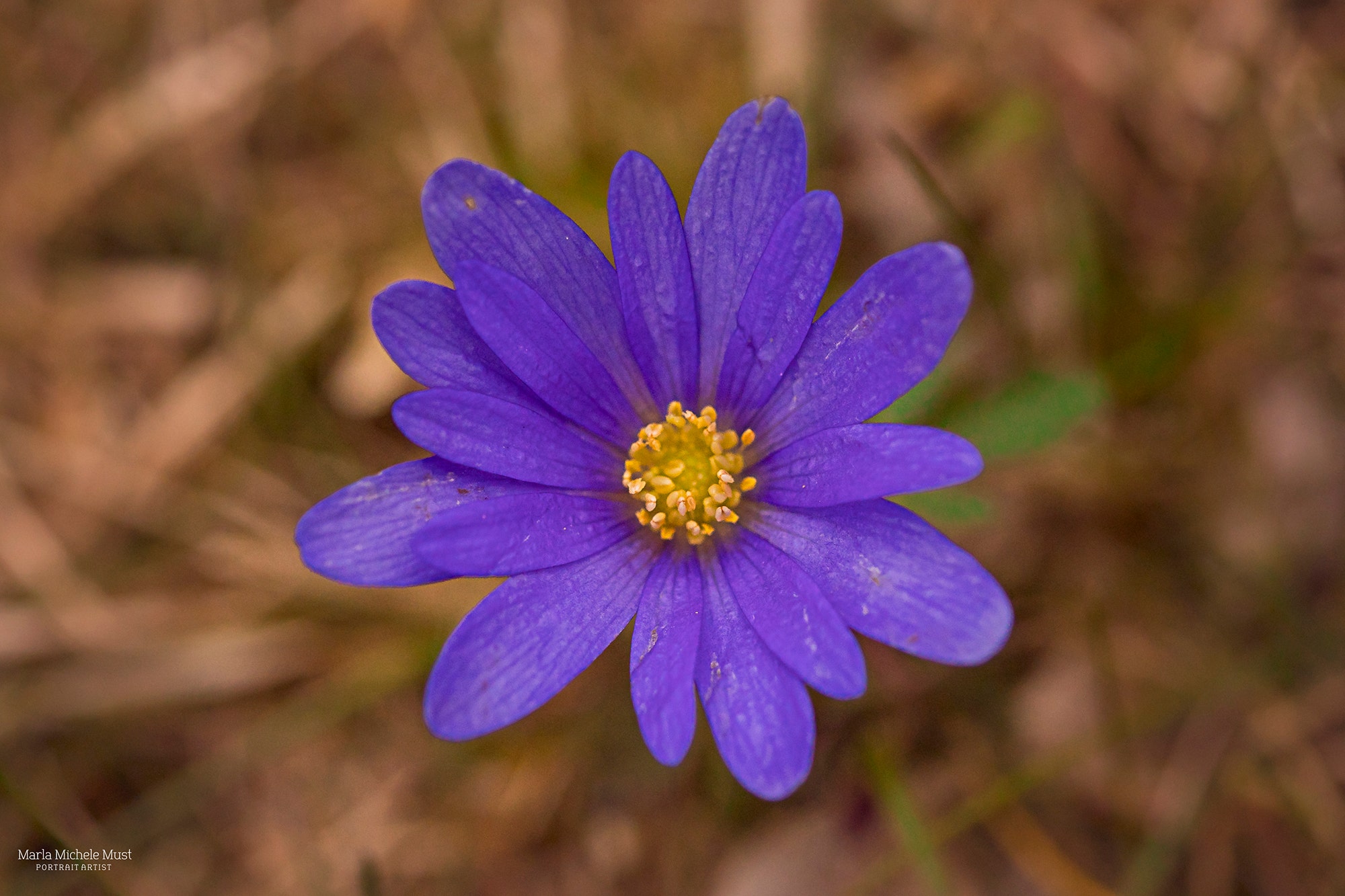

SIGMA 105mm F2.8 EX DG OS HSM Macro on Canon 5D Mark IV | 1/2500s, F5, ISO 640 | by Marla Michele Must
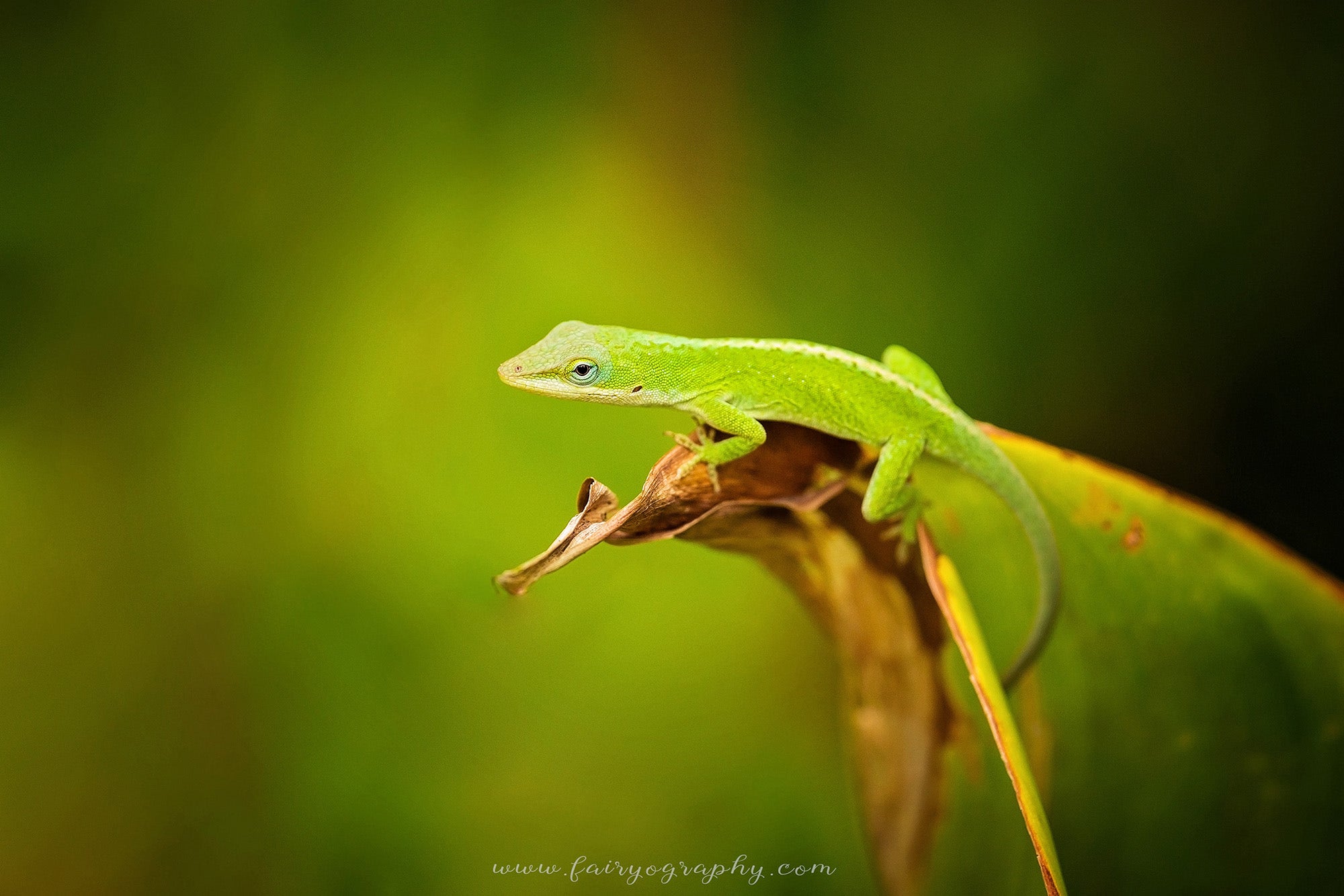

SIGMA 70mm F2.8 DG Macro | Art on Sony A7 III | 1/1000s, F2.8, ISO 640 | by Heather Larkin
Getting Started with Macro
To start shooting macro photos, one truly does need a capable lens. A close focusing distance and a fairly long focal length are both essential components if you really want to magnify your subject! SIGMA manufactures a number of excellent macro lenses, including full-frame prime lenses with 1:1 magnification, as well as versatile APS-C format zooms that offer approximately 1:3 magnification. Some great options include:
Exclusively for mirrorless cameras, this full-frame lens was designed with optical precision and bokeh quality as the top consideration. And indeed it’s tack sharp, perfect for capturing miniscule details, and it’s a great portrait lens… but it goes beyond that. This 105mm lens features an adjustable aperture ring (which can be de-clicked for video), aperture lock switch, AF/MF switch, customizable AFL button, focus limiter, and a weather-sealed body!
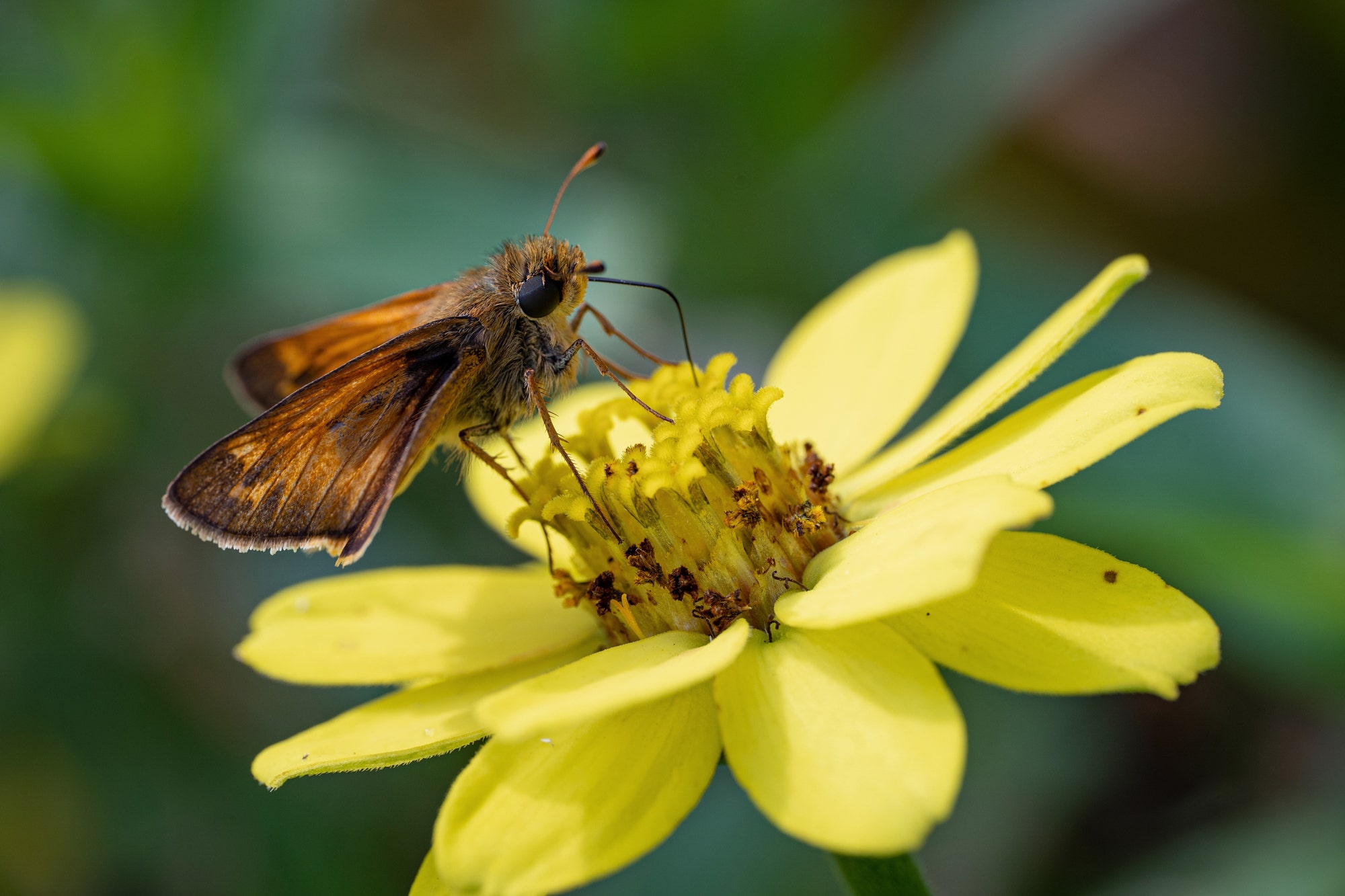

SIGMA 105mm F2.8 DG Macro | Art on Sony A7 III | 1/250s, F6.3, ISO 160 | by Nick Vrona
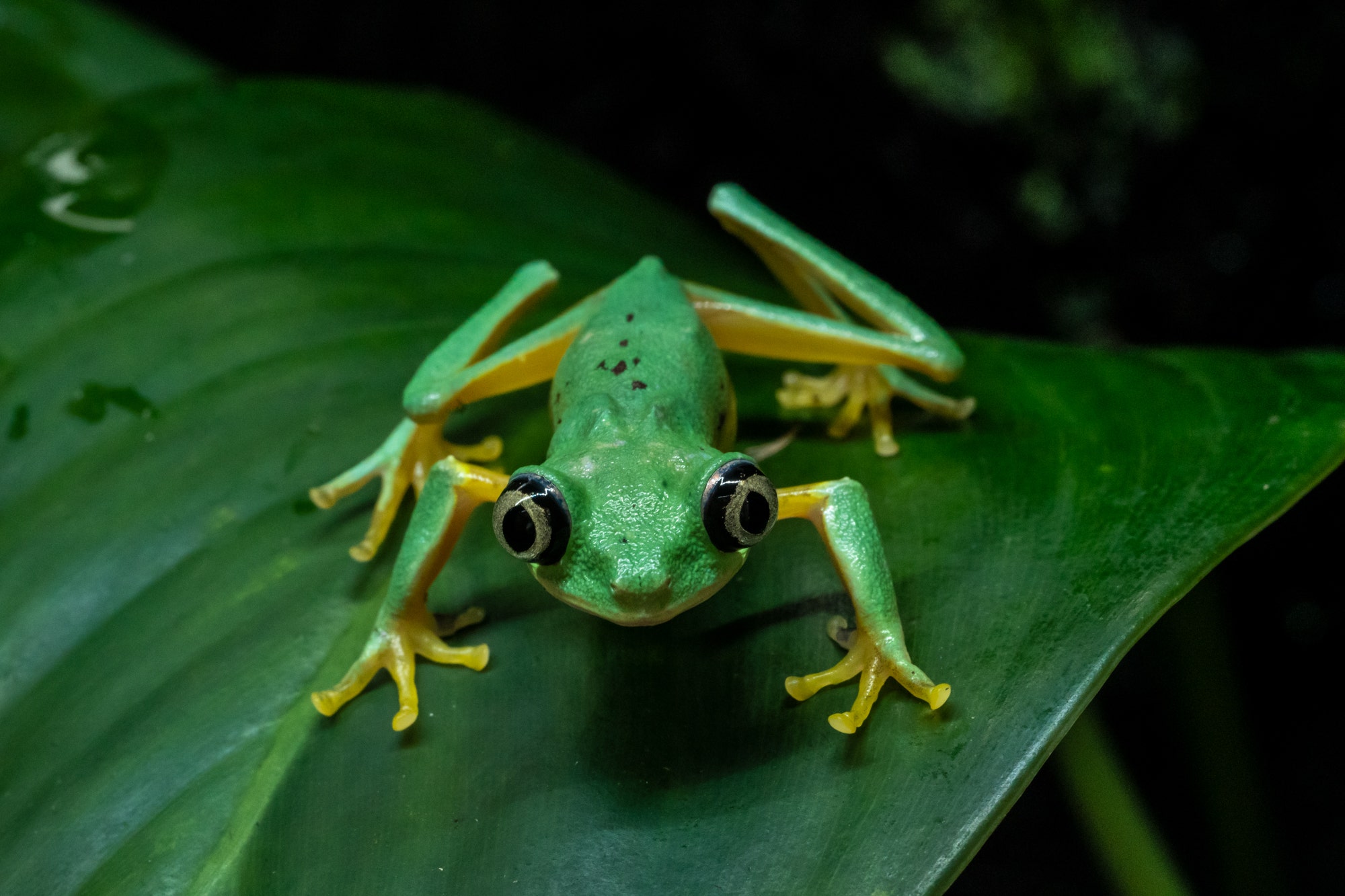

SIGMA 105mm F2.8 DG Macro | Art on Sony A7R III | 1/50s, F16, ISO 6400 | by Brett Wells
This lens features a close focusing distance of just 10.2 inches, and combined with a focal length of 70mm (which makes this a nice portrait lens, too), you can achieve 1:1 reproduction of small subjects at an affordable price with Art-level optics.
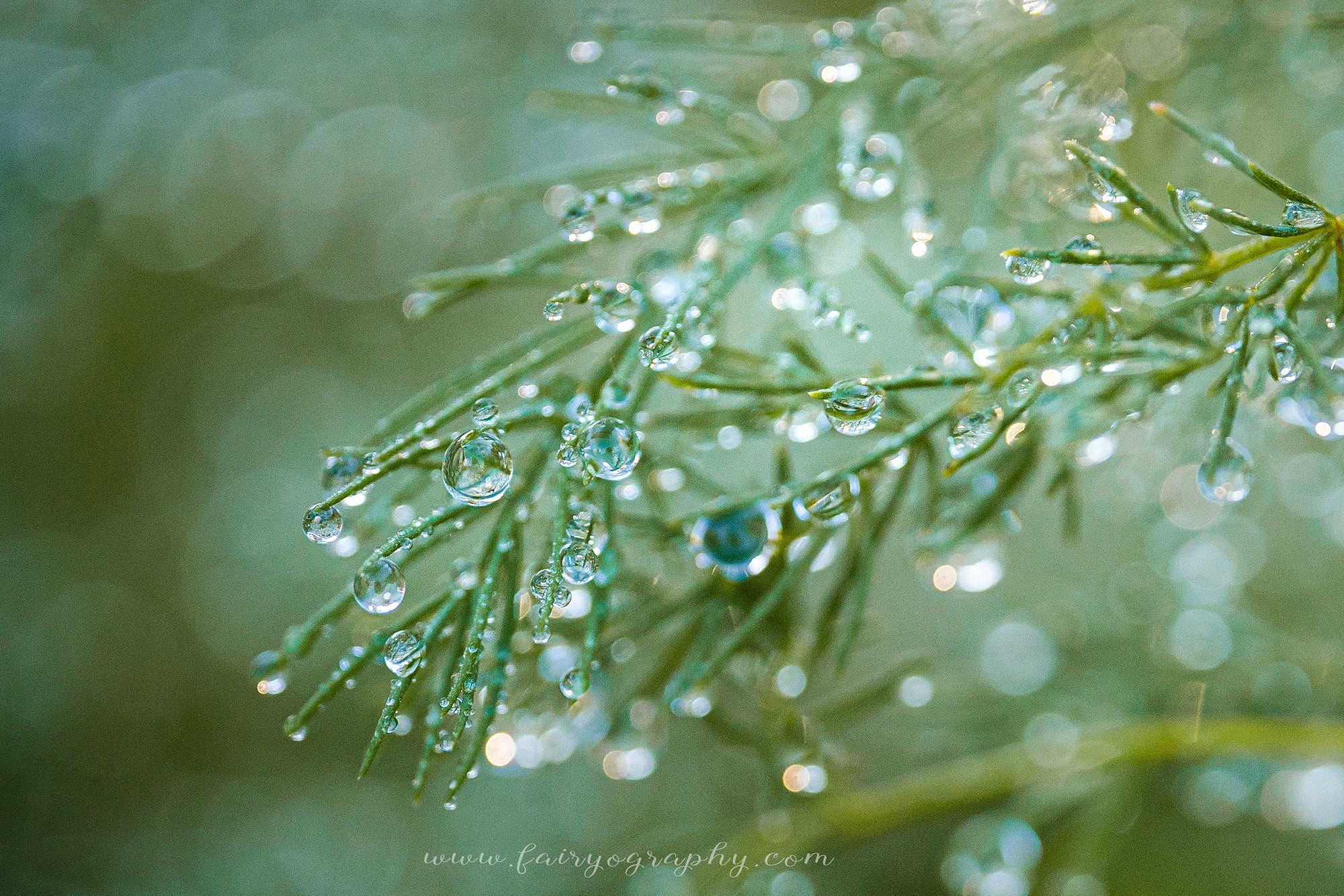

SIGMA 70mm F2.8 DG Macro | Art on Sony A7 III | 1/1600s, F2.8, ISO 1600 | by Heather Larkin
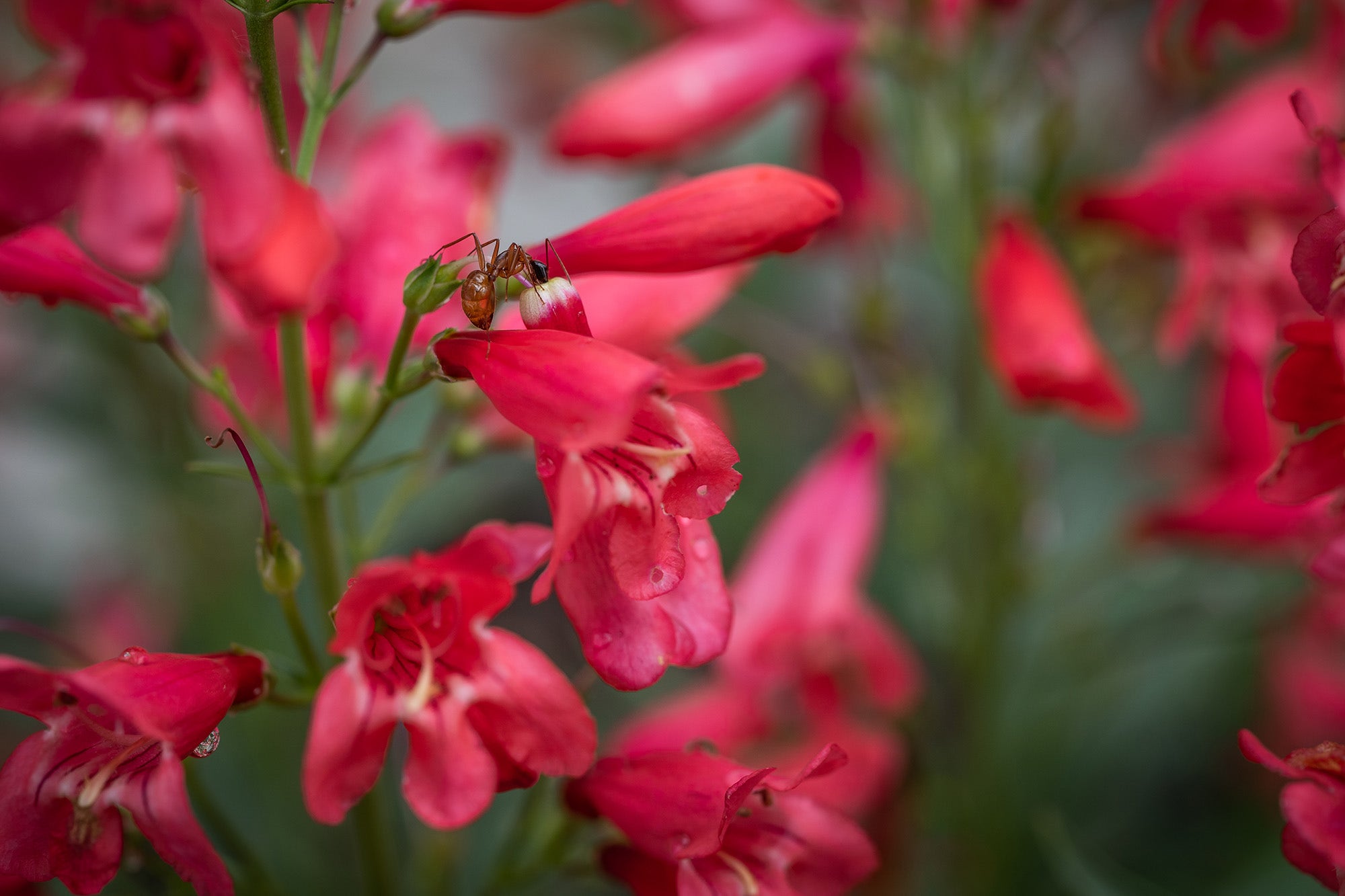

SIGMA 70mm F2.8 DG Macro | Art on Sony A7 III | 1/250s, F5.6, ISO 320 | by Nick Vrona
Released before the Art line came to fruition but with equally spectacular clarity, this lens also features in-lens optical stabilization to help keep your handheld images steady and crisp at this longer focal length. With a classic long portrait focal length and a shallow depth-of-field at F2.8, this is another lens that can do double duty!
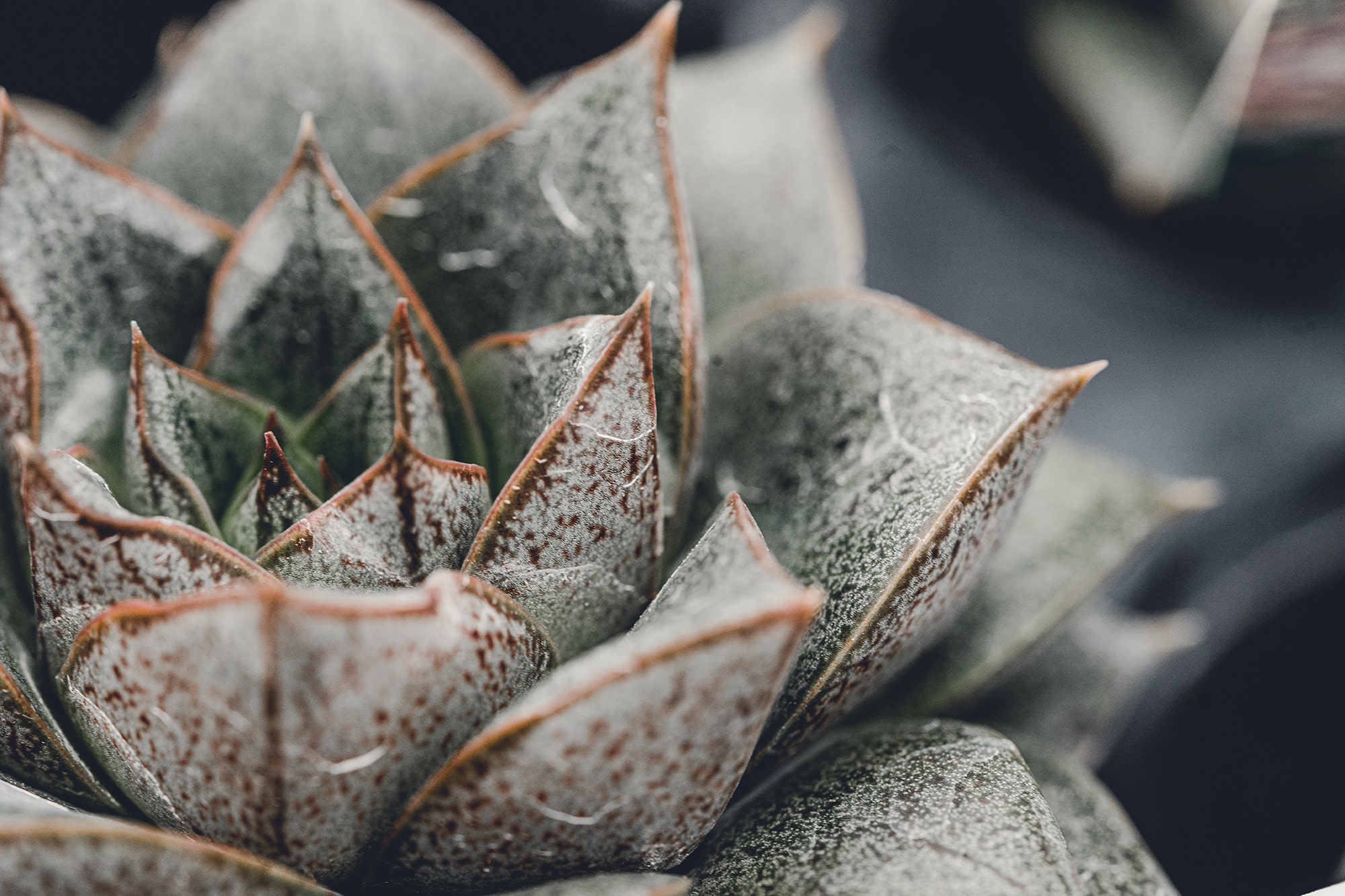

SIGMA 105mm F2.8 EX DG OS HSM Macro on Nikon Z7 (FTZ Adapter) | 1/125s, F7.1, ISO 250 | by McKenzie Deakins
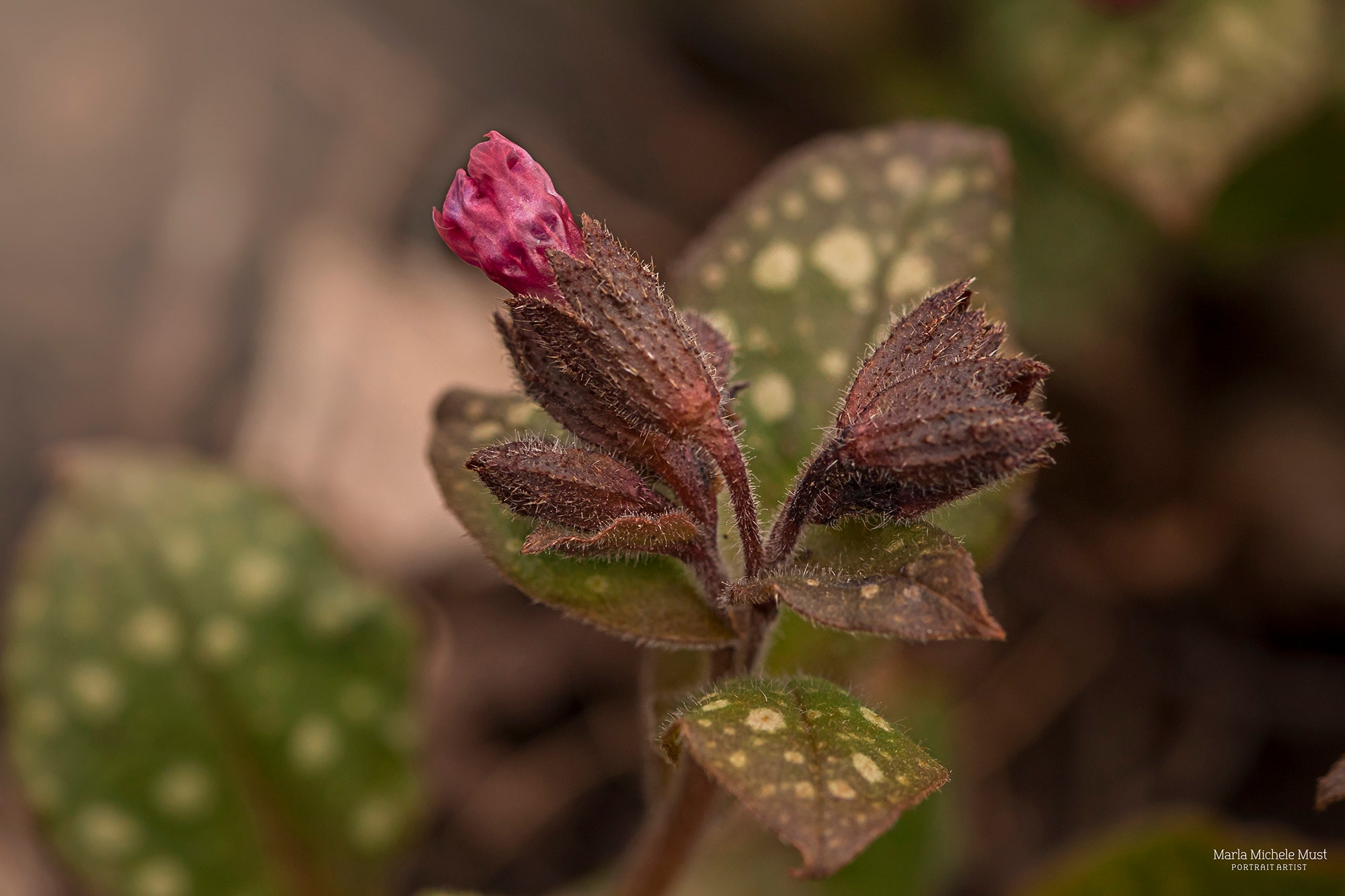

SIGMA 105mm F2.8 EX DG OS HSM Macro on Canon 5D Mark IV | 1/640s, F6.3, ISO 640 | by Marla Michele Must
This is a great all-purpose APS-C (crop-sensor) lens that gives you enough magnification (reproduction ratio of 1:2.8) to take close-ups of flowers, food and other small objects. If you have a crop-sensor camera and you want a higher-quality alternative to your “kit” lens with macro capability, this is an excellent option.
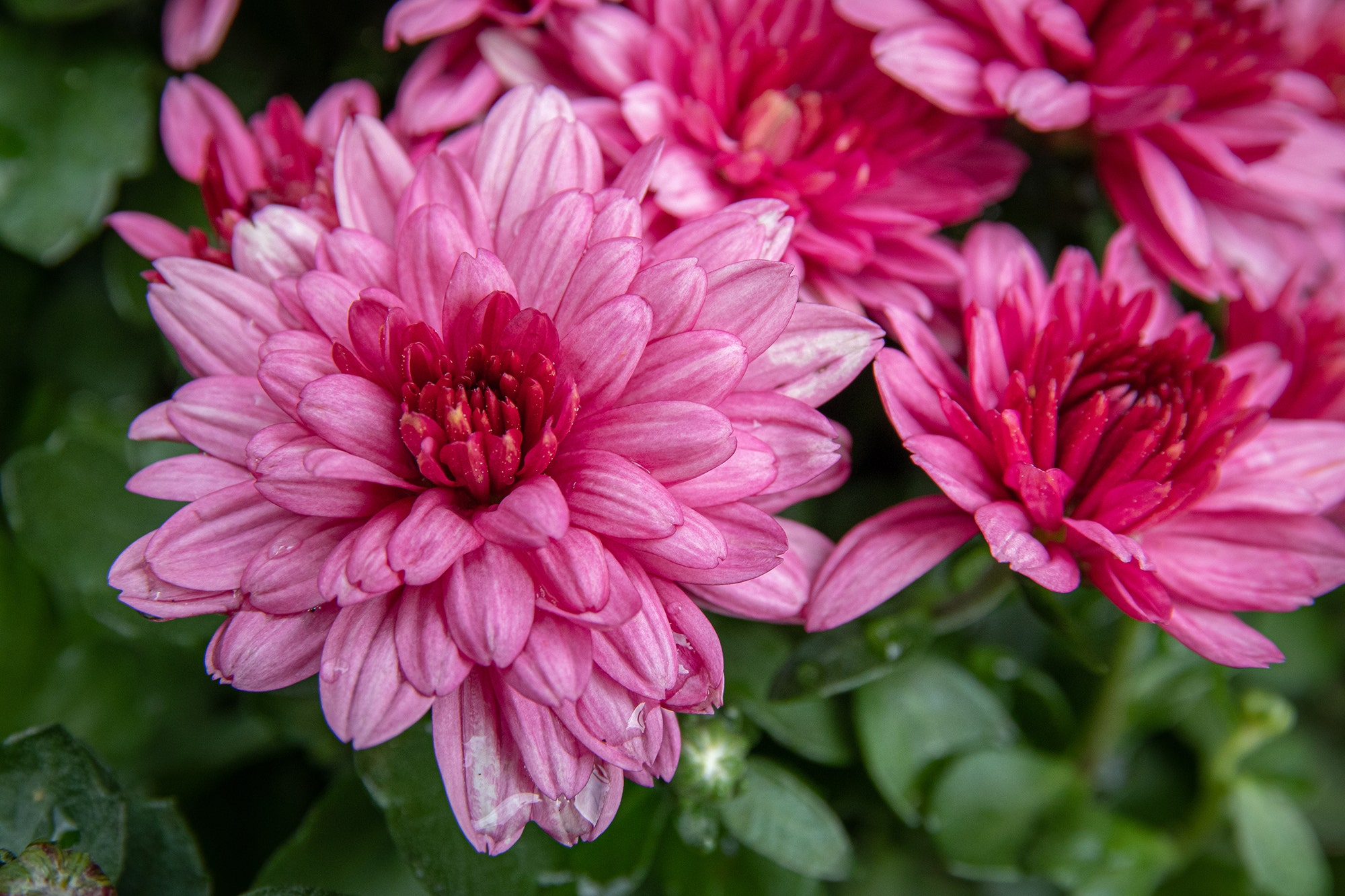

SIGMA 17-70mm DC Macro OS HSM | Contemporary on Canon EOS M50 (Fotodiox Adapter) | 70mm, 1/80s, F8, ISO 400 | by Nick Vrona


SIGMA 17-70mm DC Macro OS HSM | Contemporary on Canon EOS M50 (Fotodiox Adapter) | 70mm, 1/160s, F14, ISO 400 | by Nick Vrona
SIGMA’s all-in-one crop-sensor 18-300mm lens is capable of shooting nearly everything life throws in your direction; landscapes, portraits, sports, wildlife, and yes, extreme close-ups. With a reproduction ratio of 1:3 and a huge focal range, this lens can reveal details in small subjects while offering a longer working distance than most macro tools.
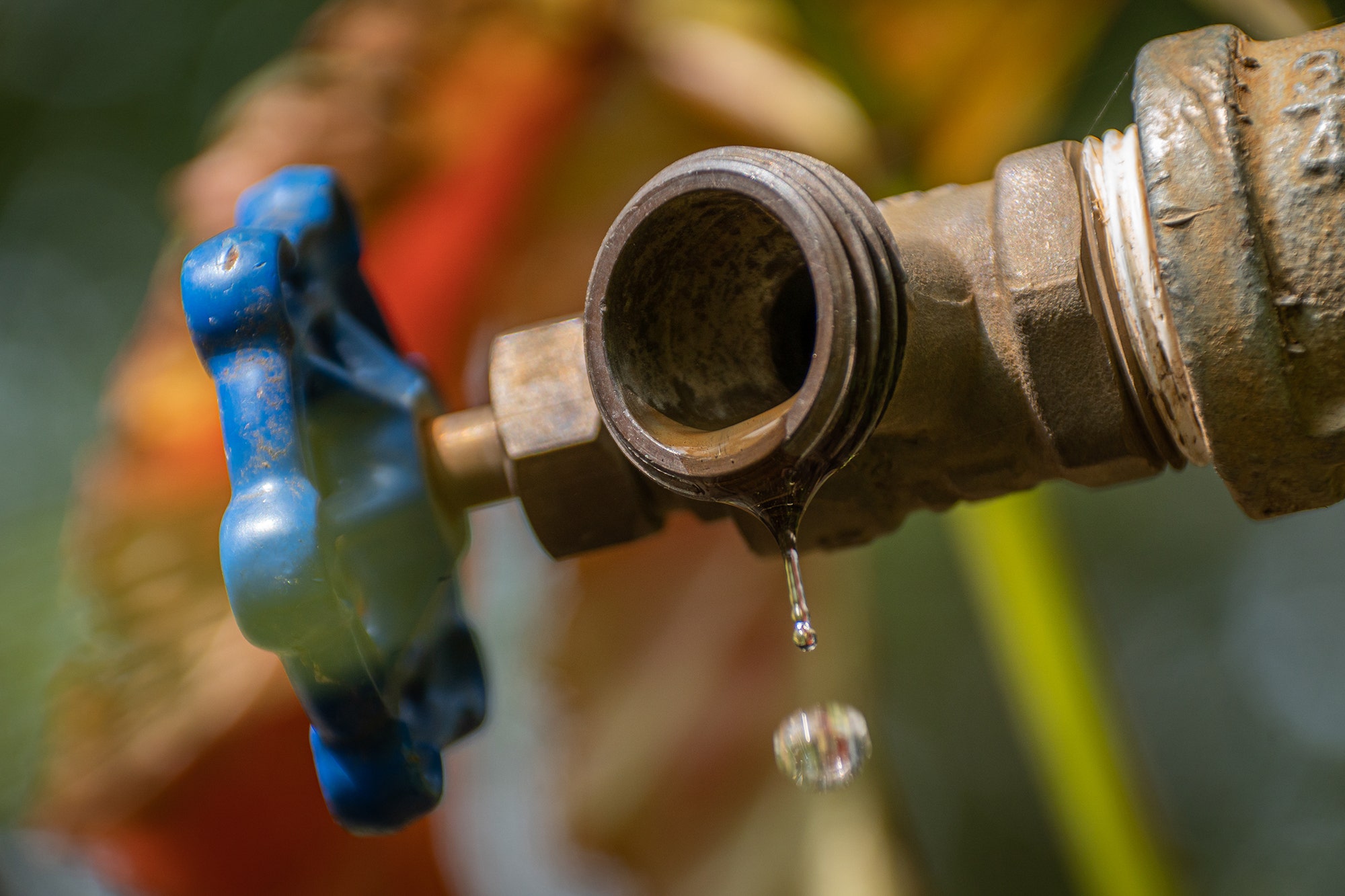

SIGMA 18-300 DC Macro OS HSM | Contemporary on Sony A6500 (MC-11 Adapter) | 200mm, 1/320s, F6.3, ISO 320 | by Nick Vrona
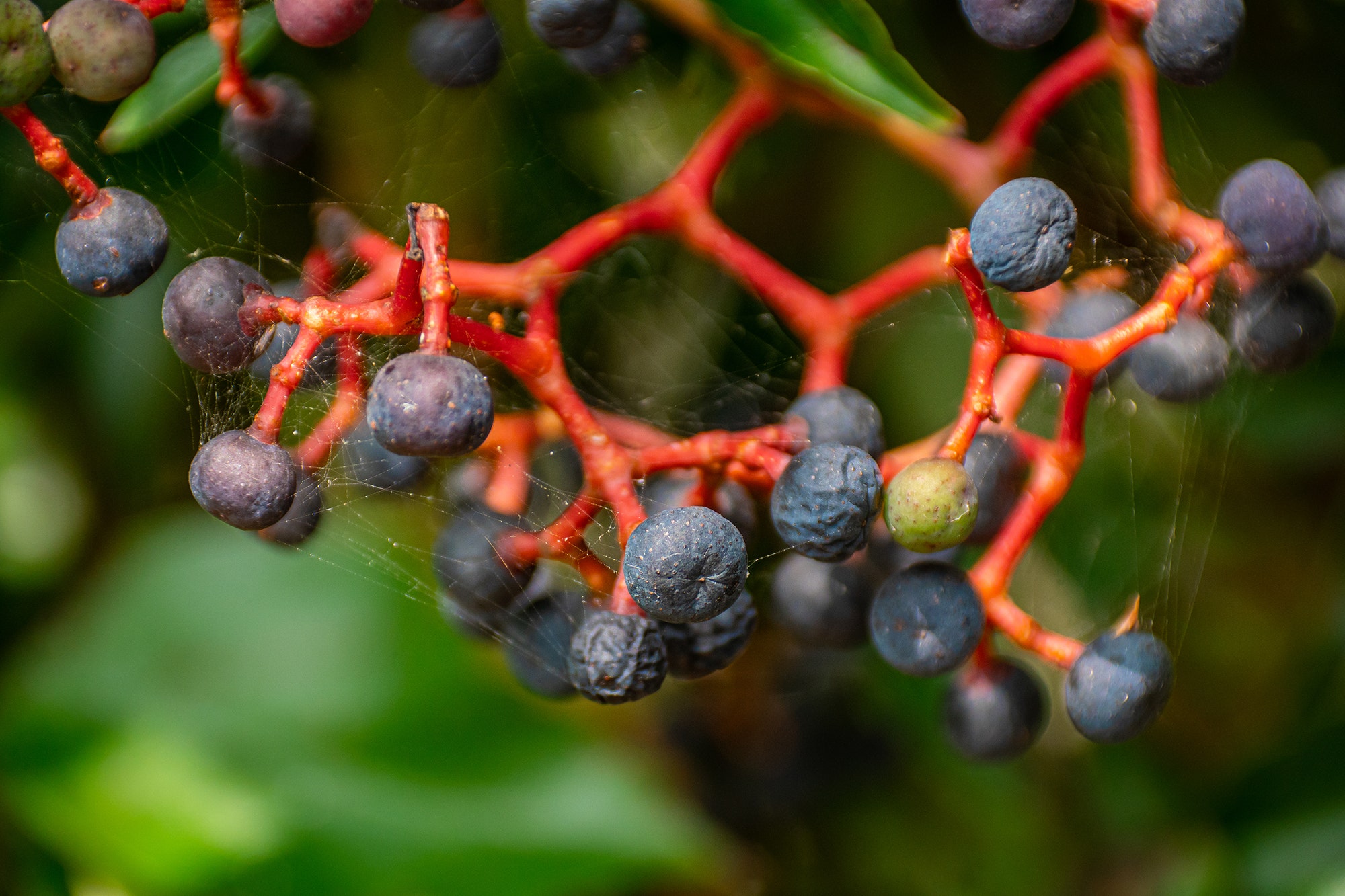

SIGMA 18-300 DC Macro OS HSM | Contemporary on Sony A6500 (MC-11 Adapter) | 300mm, 1/250s, F6.3, ISO 800 | by Nick Vrona
Optional Accessory for the 18-300mm DC Macro OS HSM Contemporary
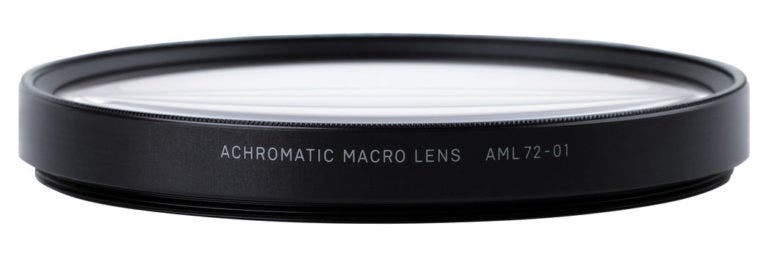

The above 18-300mm is a great all-in-one lens, but if you want to further extend its macro capability, Sigma offers an exclusive, optional Close-Up Lens (AML72-01) that fits directly to the front of the lens and increases the magnification ratio to 1:2 while maintaining image quality.
Additional Options:
Extension tubes – These empty cylinders essentially place the lens further away from the image sensor, resulting in a closer focusing distance. Extension tubes are relatively affordable and usually give you good results, but they are mechanical only, meaning you won’t have electronic control over your lens. Great for old manual lenses, not so great for modern optics.
Close-up lenses / magnifiers – These attach to the front of your lens just like regular filters, and increase the size of the image, basically like putting a magnifying glass in front of your lens. While some are optically excellent and can produce surprisingly sharp results (like the above SIGMA AML72-01), many cheaper options are made to low standards and result in decrease image quality.
What About the Camera?
When it comes to macro photography, any interchangeable-lens camera will do, but megapixel count is important if you expect to crop your images. A 50-megapixel camera will yield much more detailed crops than a 24-megapixel model, and when getting up close is the entire point, “zooming in” becomes much easier when your images have more pixels to work with. That being said, it’s always better to get the most out of the lens you’re using – shooting at the minimum focus distance, for example – and a standard-resolution camera will be just fine in most situations.


Full-frame mirrorless, crop-sensor mirrorless, digital SLR… the choice is yours.
One bit of technical info to remember… crop-sensor cameras have a further “equivalent” focal length than full-frame models, meaning your practical focal length is longer than the lens would indicate. For example, a 70mm lens becomes a 105mm lens on most APS-C cameras. Macro shooters often prefer APS-C format for just this reason.
And for those with point-and-shoot cameras with that little flower icon on the back of the camera, don’t expect miracles, but the “macro mode” of compact cameras does give you some flexibility for close-up shooting. If you’re just dabbling in the world of macro photography and you aren’t ready to spring for a dedicated lens just yet, bust out those old pocket cameras and give it a whirl!
Macro Shooting Techniques & Tips
Smaller Aperture – In many situations, shooting at a large aperture (F1.8, F2.8, etc.) is preferable, as a bigger aperture means more light. More light means faster shutter speeds, leading to sharper photos. And large apertures also give you nice, shallow depth-of-field, giving you nice background blur when you want to isolate your subject. But because the focusing distance on a macro lens is so close, shooting at a wide-open aperture will give you a razor-thin depth-of-field. In other words, almost nothing will be in focus, and all that wonderful detail will be lost. When shooting macro subjects, resist the urge to only shoot wide open and try some smaller apertures (F11, F16) to bring more of your tiny subject into focus.
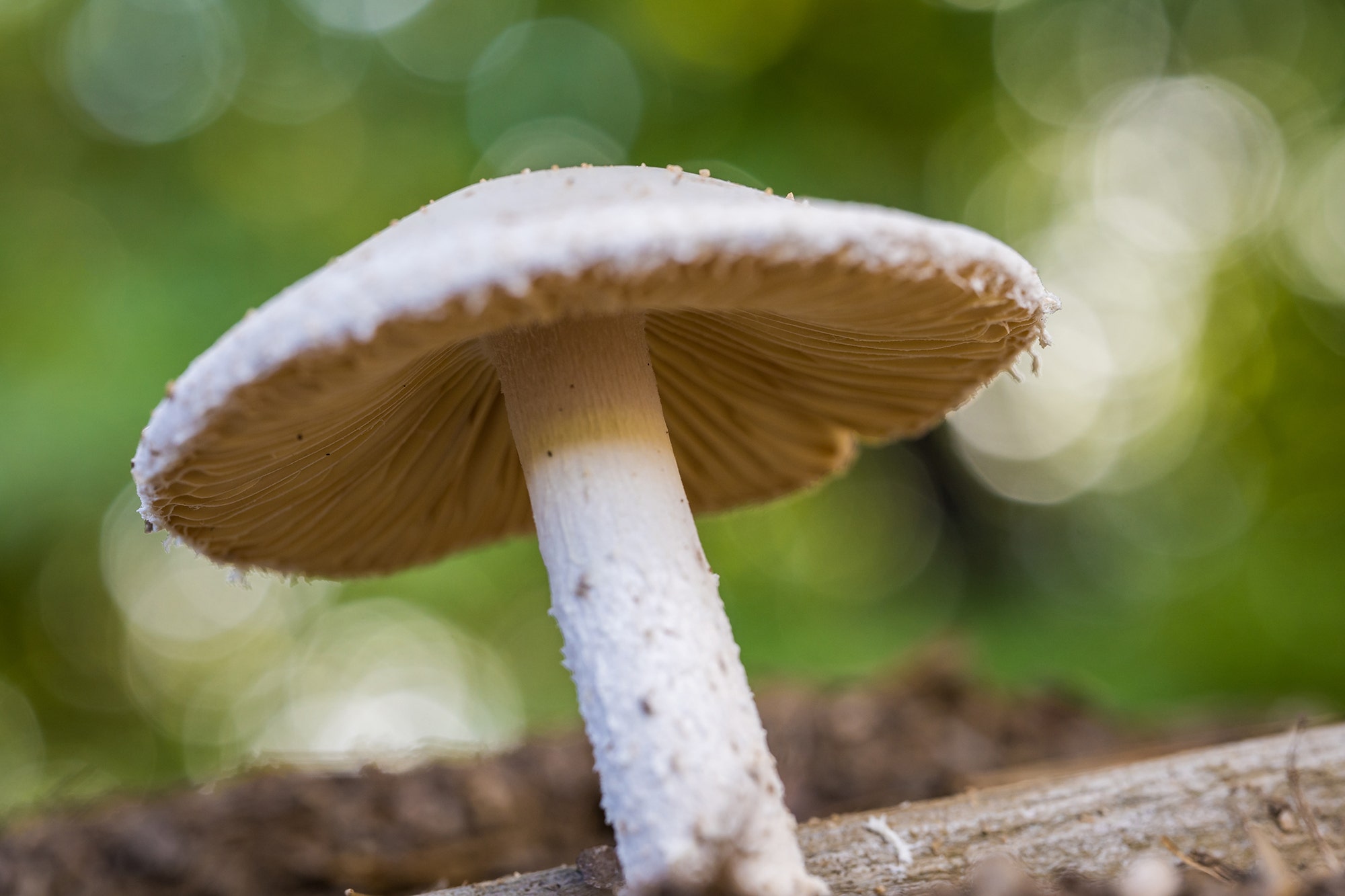

70mm at F5.6
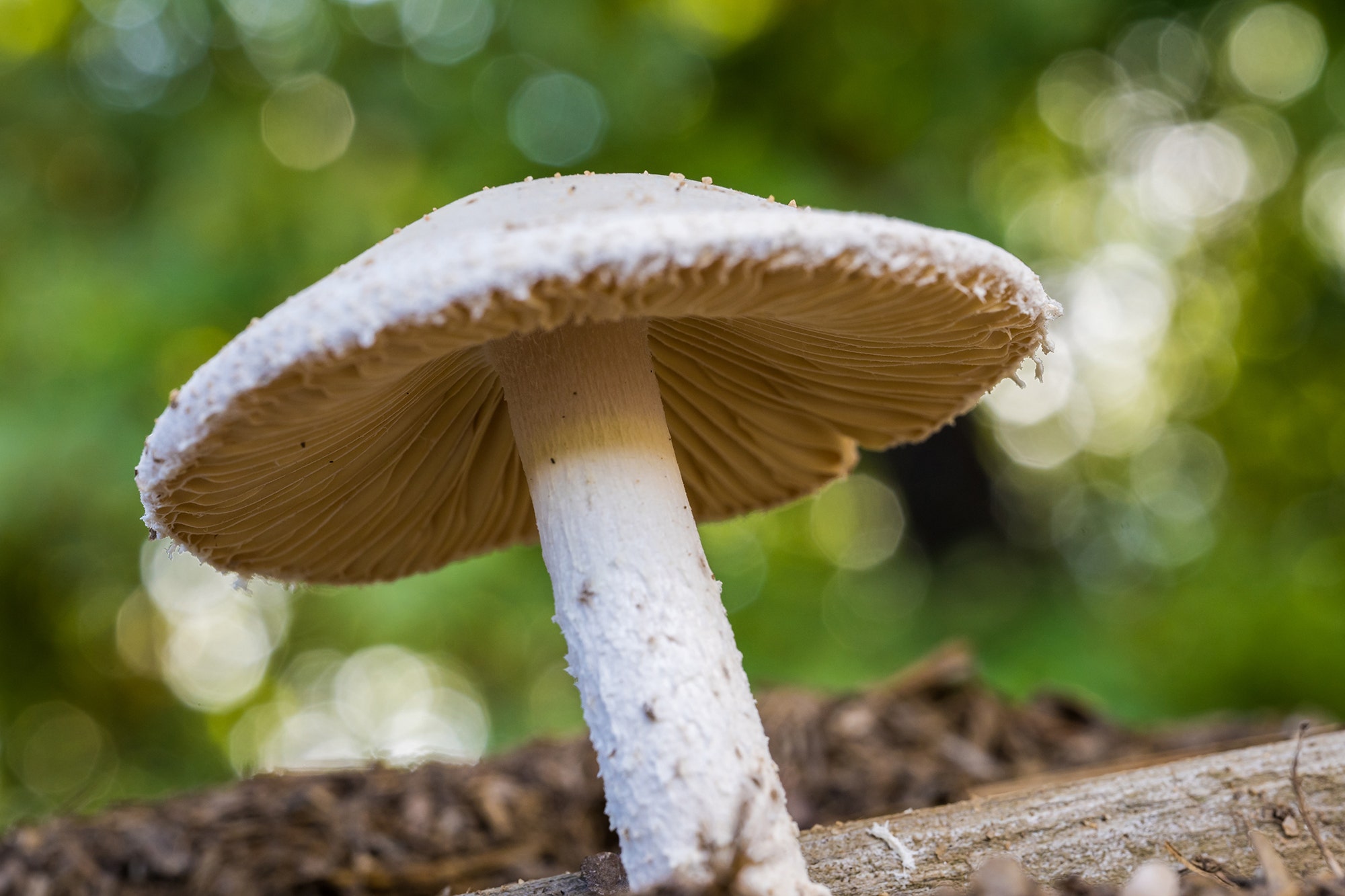

70mm at F10
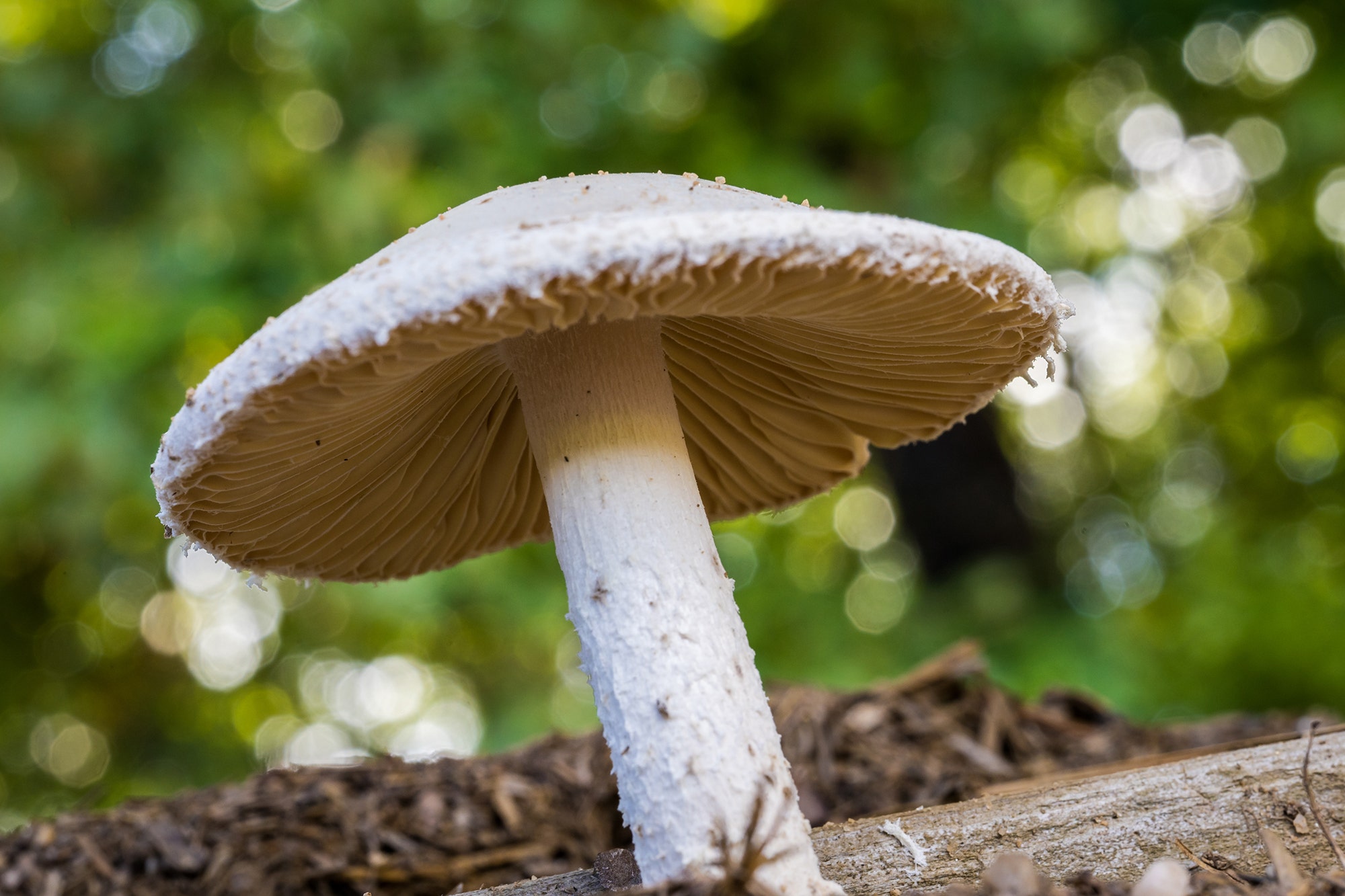

70mm at F16
Tripod – Of course, when you stop down your aperture, you cut down on light, which means handholding your camera might not be feasible. Using a tripod will steady your camera for those longer exposures, and will help you keep your subject in-frame so you can optimize your focus and settings instead of constantly recomposing. Just remember to turn off optical image stabilization, which can actually introduce blur when there isn’t any movement to compensate for.


A nice, steady tripod setup…
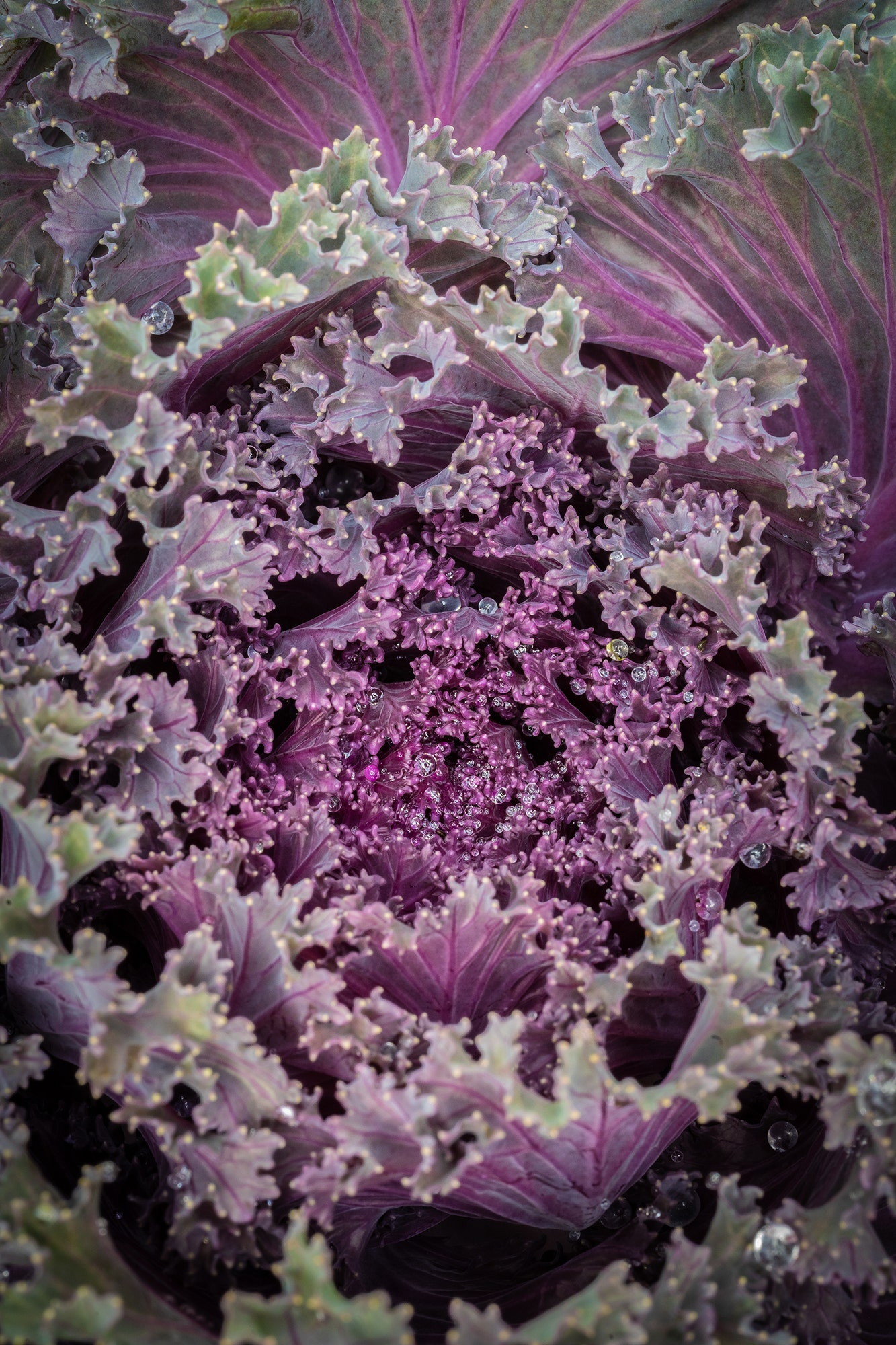

…will yield sharp, crisp results!
Self-Timer or Remote Trigger – If you’re using a tripod, you might as well go all the way and use the self-timer function or a remote shutter release to eliminate ALL movement from your camera and lens. Remember, extreme close-ups and long focal lengths will greatly magnify even the slightest motion, so if you can avoid touching your camera altogether, your images will be even sharper.
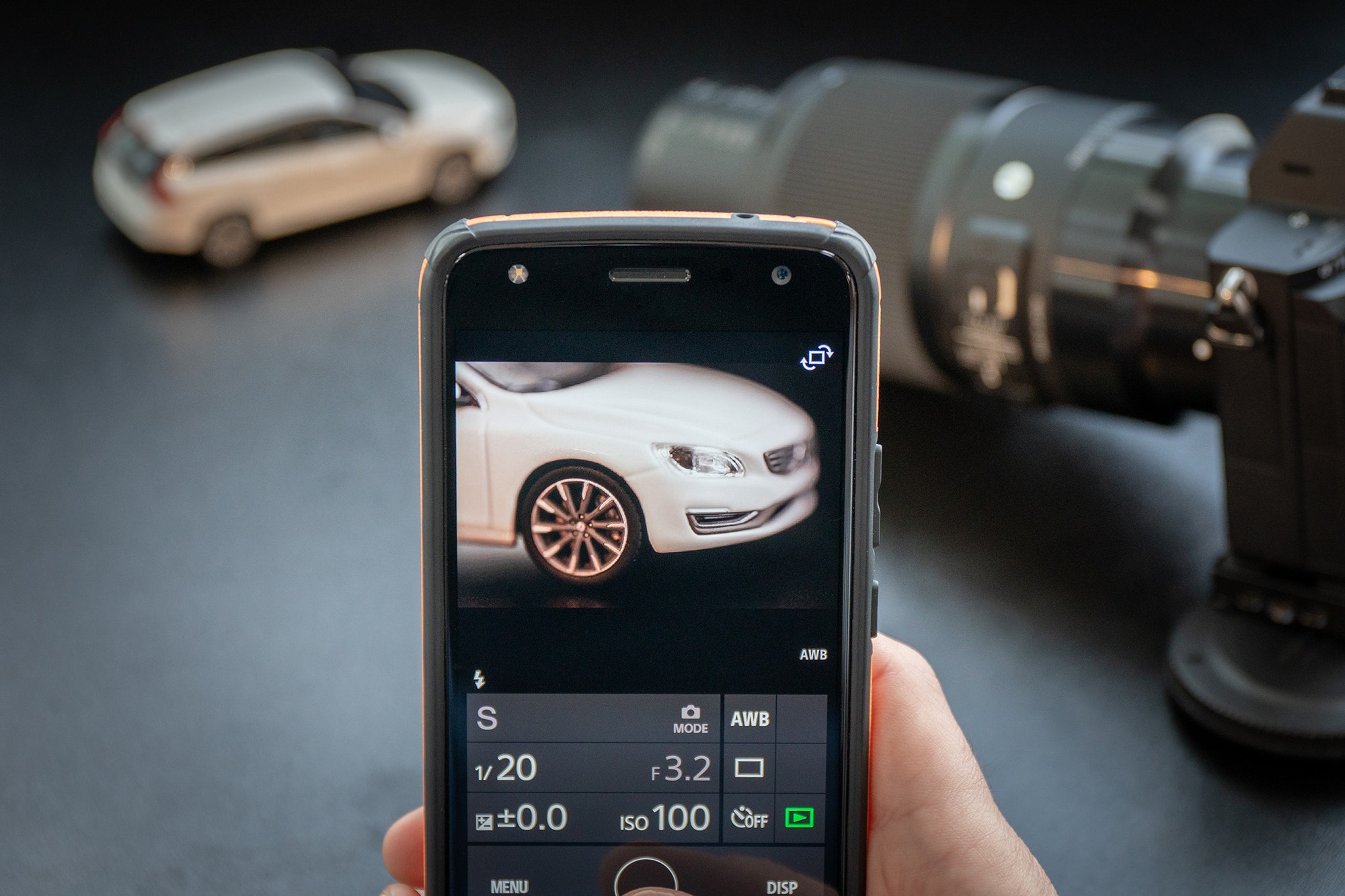

Whether you use a self-timer or shoot with a remote option, taking your hands off the camera will give you sharper shots.
Flash – Another way to get sharp shots while using smaller apertures is to use a flash. A flash will provide a powerful burst of light so you can use fast shutter speeds, leading to sharper photos. You don’t necessarily need a special, expensive macro flash – a regular flash will do – but keep in mind that just like portraits, bouncing the light off a larger surface or using a wireless trigger system to place it away from the camera will probably give you the best results.


Shooting with a flash when it’s breezy…
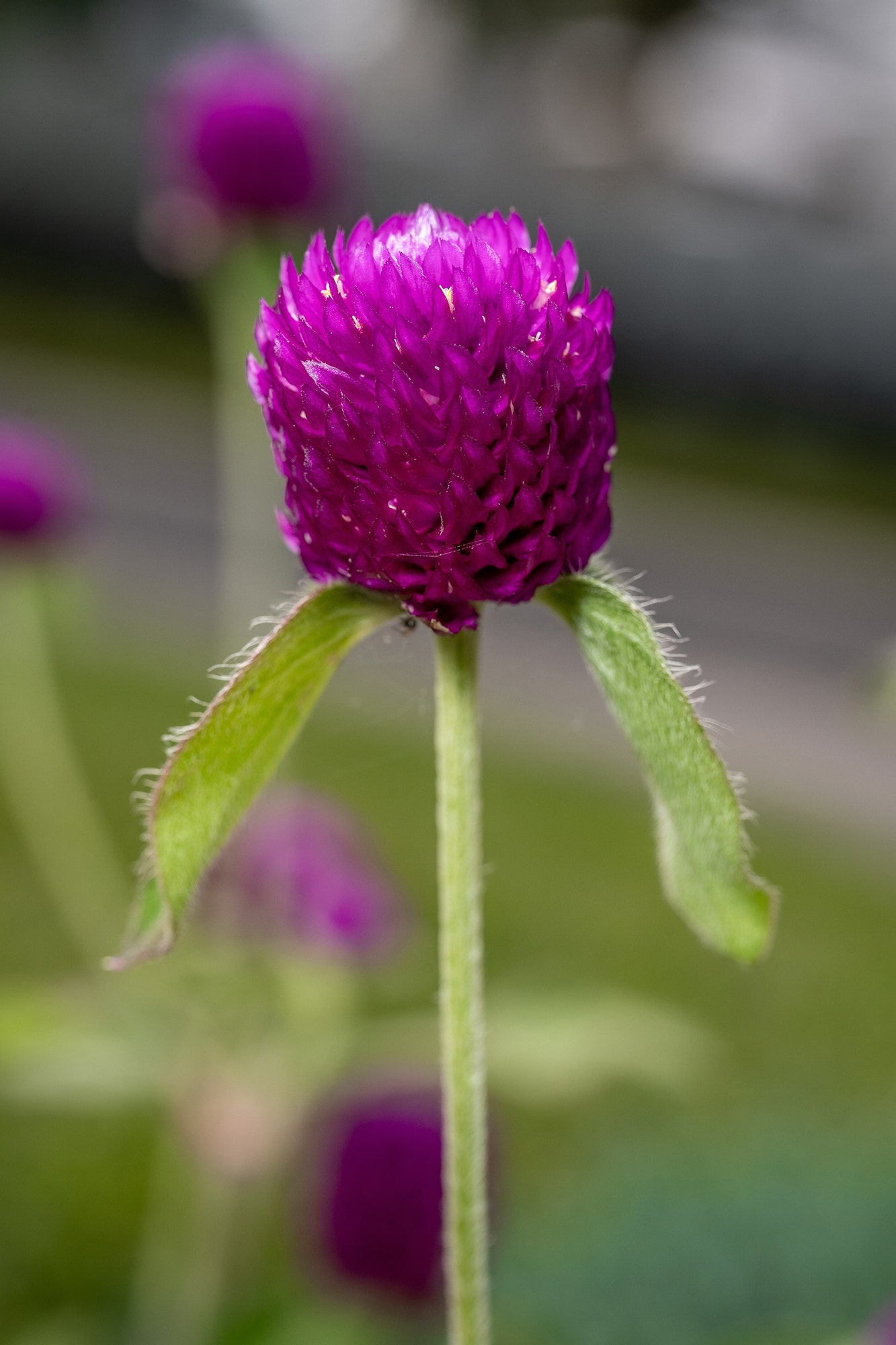

…will freeze motion and make flowers pop.
Manual Focus – Despite pinpoint AF methods and the best technology, autofocus doesn’t always nail it at such precise levels. Switching to manual focus in these instances can give you a greater degree of control and consistency, and thanks to electronic viewfinders and live-view rear screens, you can zoom in and utilize “focus peaking” to fine tune your focus even further.
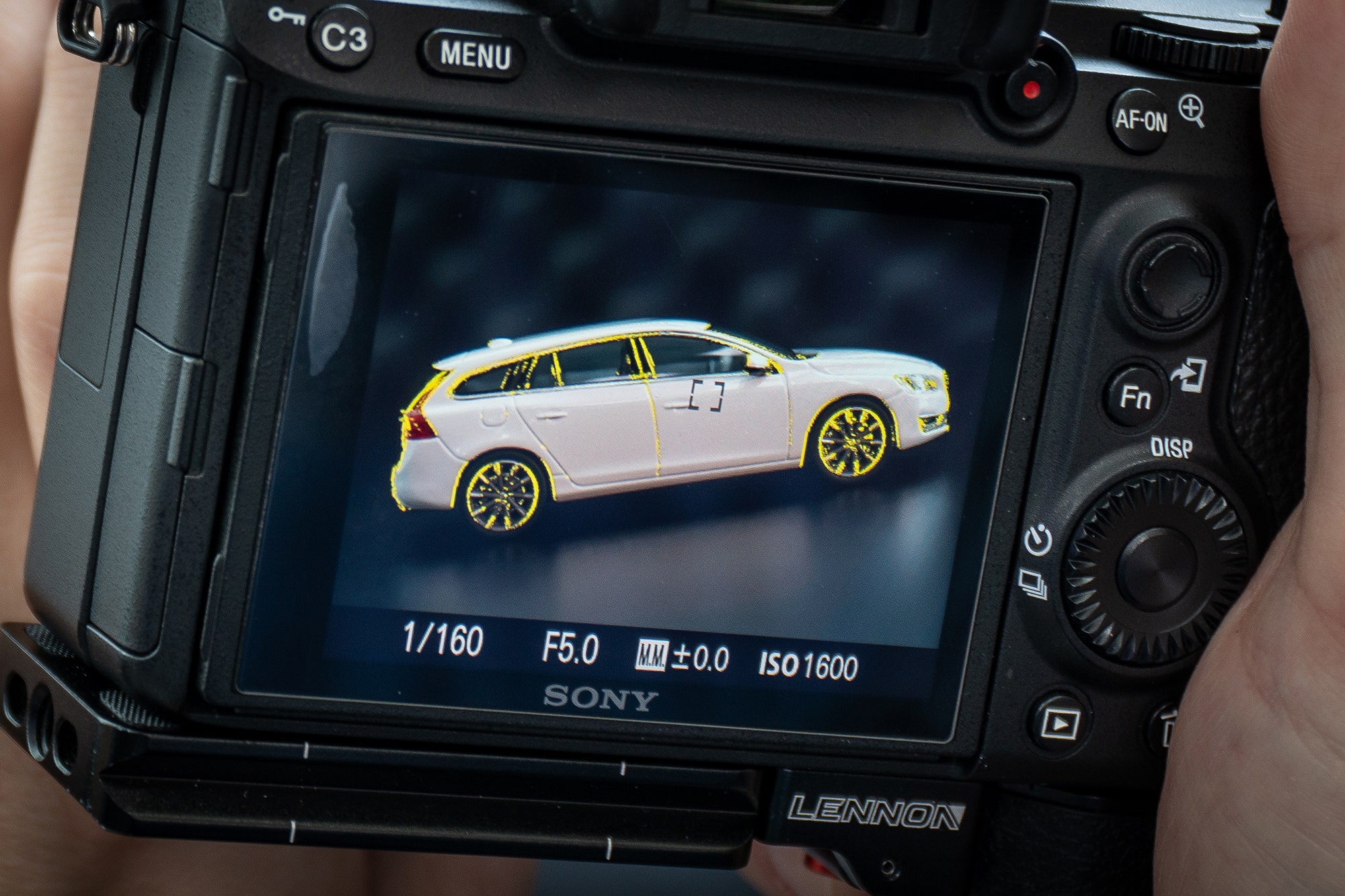

With focus peaking, you can more easily pinpoint what elements of the image are in focus.
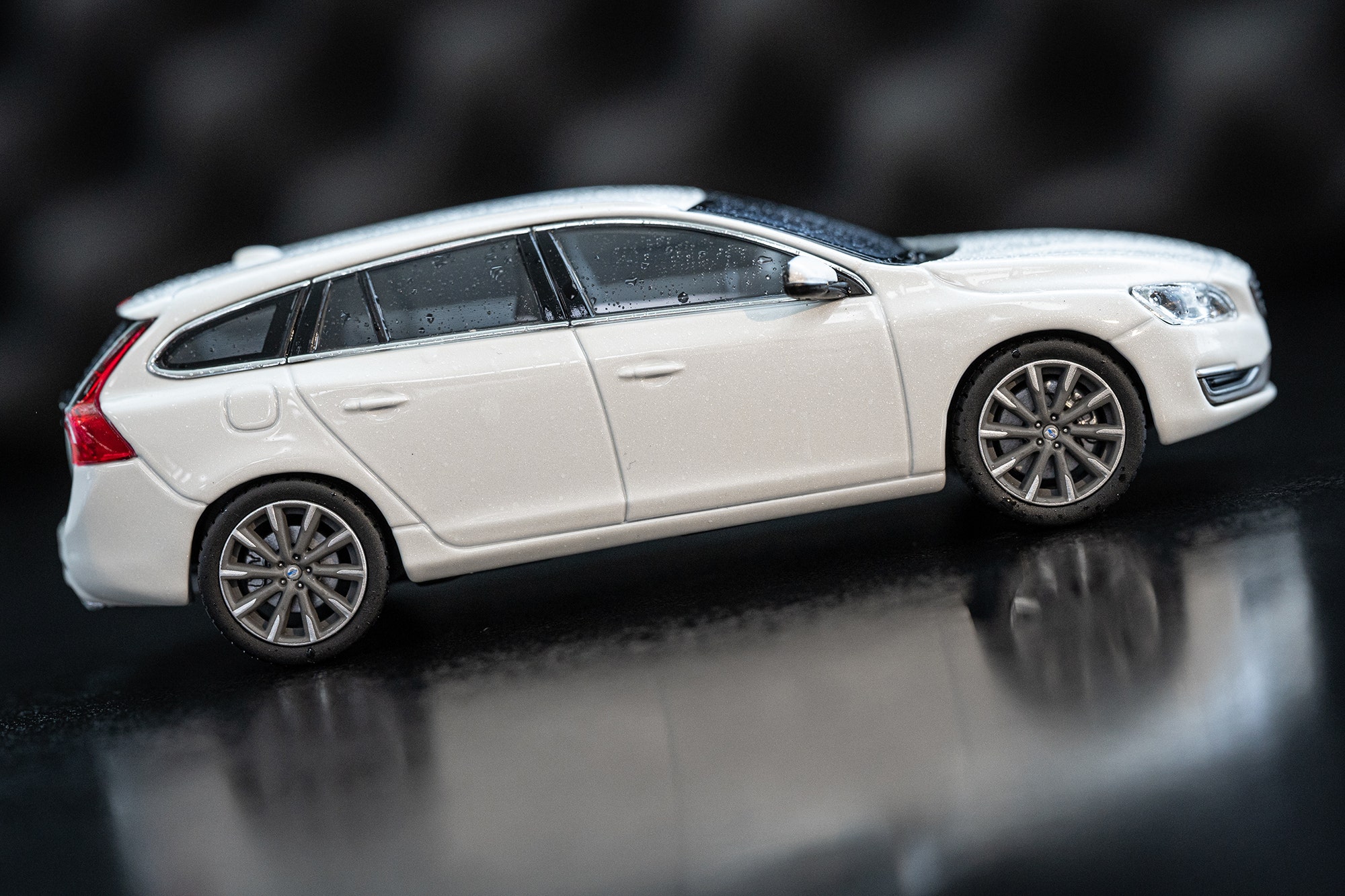

Manual focus is particularly nice on stationary subjects and you really want to take your time.
Exposure Compensation – One of the sneaky little side effects of macro photography is something known as the “bellows effect” that essentially darkens your exposure as magnification increases. This affects all macro lenses, so take note of your exposure as you creep ever closer to your subjects. You may need to bump up your ISO or slow down your shutter speed to get a proper exposure, even at maximum aperture, and which method you choose can determine if you need a tripod or just an extra-steady hand. Your SIGMA lens should include a chart indicating how much exposure compensation you will need to apply depending on the reproduction ratio, so be sure to take a look at the instruction manual.
Get Out There!
You have the gear. You have the know-how. Now it’s time to get out there and start shooting! Of course, when it comes to macro, you don’t have to go far… and that’s the beauty of this genre. Finding compelling subjects to photograph is as easy as browsing around your home, your office, or your back yard.
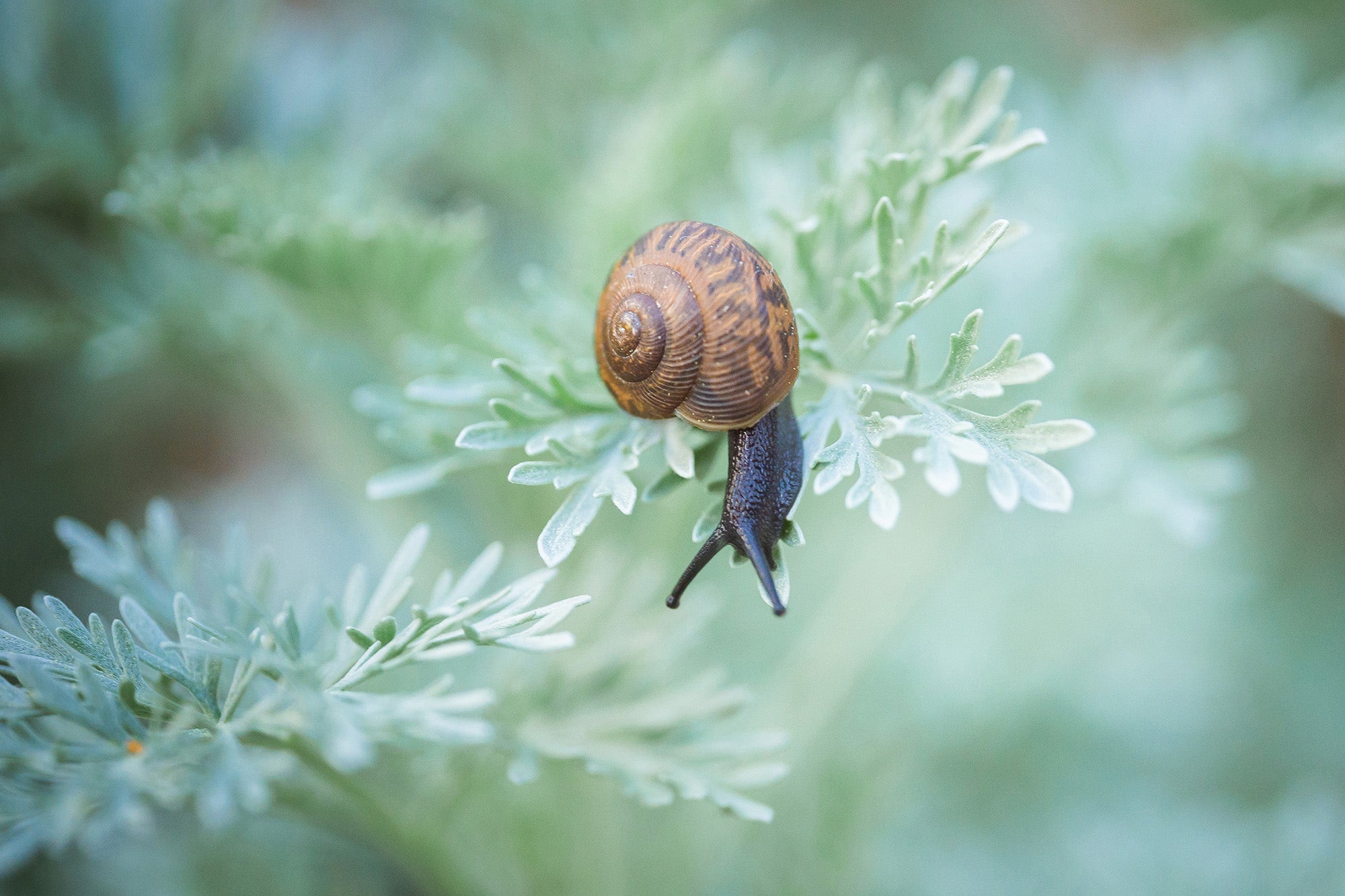

SIGMA 70mm F2.8 DG Macro | Art on Sony A7 III | 1/320s, F2.8, ISO 2500 | by Heather Larkin
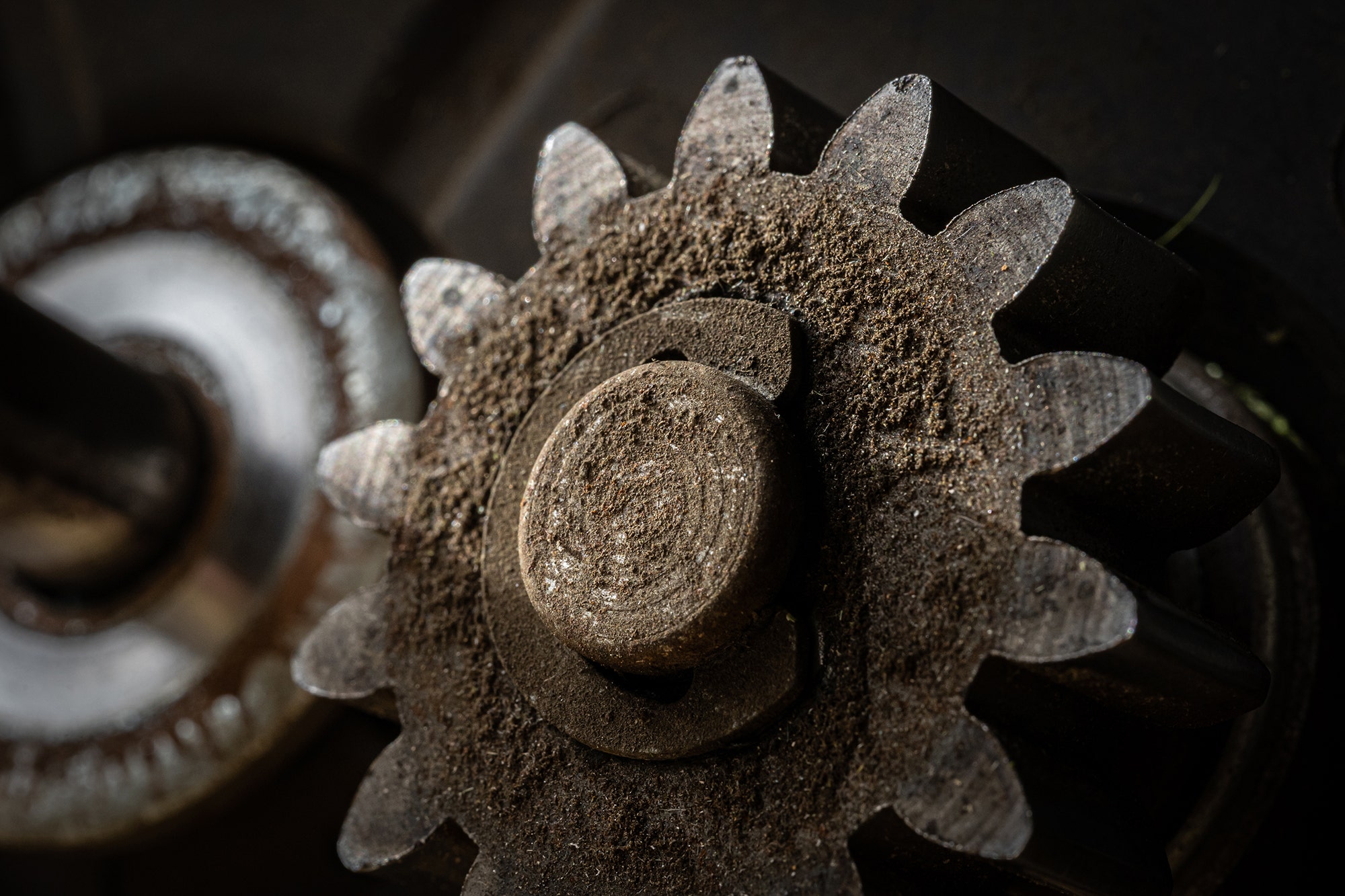

SIGMA 70mm F2.8 DG Macro | Art on Sony A7 III | 1/60s, F16, ISO 1600 | by Nick Vrona
And while all the typical photographic skills certainly come into play – lighting, exposure, composition, etc. – remember that macro photography is all about finding and expressing a unique perspective… taking a completely different view on something that might seem insignificant from a human-sized first glance. And once you see how the world can appear from a smaller set of eyes – the eight eyes of a friendly spider, perhaps – you’ll add something new and special to your life experience that you may have never discovered without a camera, a macro lens, and a lazy Sunday morning.
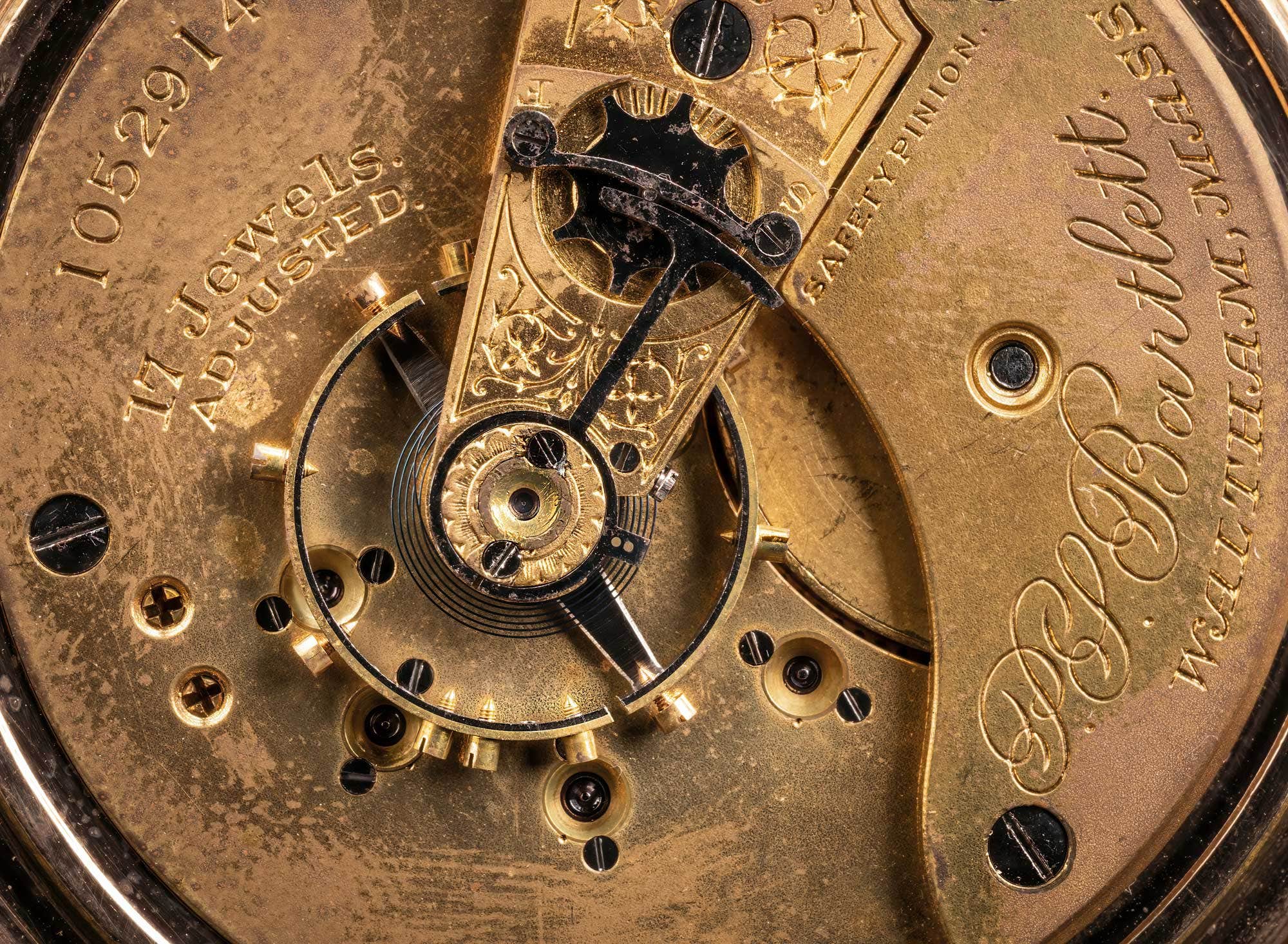

SIGMA 70mm F2.8 DG Macro | Art on Sony A7R IV | 1/15s, F18, ISO 320 | by Jim Koepnick


Nick Vrona
Nick Vrona is an artist, photographer, video producer, local karaoke star and former pro wrestling ring announcer, and has been in the photographic retail biz since 2006. He works at SIGMA in America, too. His favorite subjects are his family, his chickens and the White Mountains of New Hampshire.
Website
